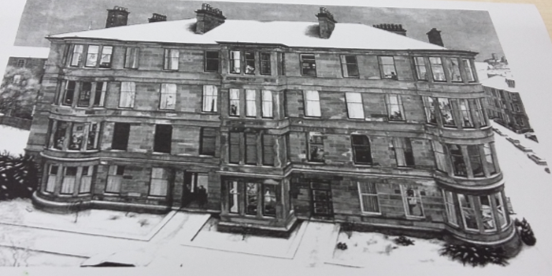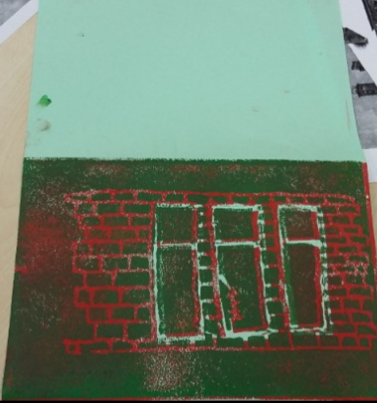Today’s music session was of great interest to me as I was introduced to a great tool called Charanga which allows teachers to have a wide range of access to educational activities, songs and lessons that can aid and enhance music lessons. I found this toolkit extremely useful as all the music lessons were downloadable and it offered a plethora of ideas that were flexible, easy to understand and manipulate and which coincided with curriculum for excellence experiences and outcomes.
“Children are required to gain an understanding of [basic] elements alongside the ability to see them in creating moods and effects” (Bloomsfield and Childs, 2000, p.9). This can be achieved through Charanga as it provides music lessons on all levels for experienced and inexperienced music students so as to allow the teacher to adapt the lesson. One great example of this is the option to show or hide the beat or instrument playing alongside the backing track which children can play along to, the speed can also be adjusted until children feel confident and can play with the backing track. In this way, children can learn at their own pace and do not feel any pressure to keep up with more musically talented students.
Prior to this, I had only used Sibelius in high school music education which was much more difficult to navigate and needed a sound understanding of musical notation to be able to create music pieces. Charanga was much more accessible and easy to learn from as it even offered video explanations of musical terminology and games to help consolidate learning. This allows children to become “conversant in a creative language within the context of a system used for the conveyance of information” (Bloomsfield and Childs, 2000, p.66).
Regarding next steps, I need to continue to familiarise myself with Charanga in order to begin to create effective lessons that coincide with primary school topics. It is important that I embrace this toolkit and all the learning it offers as well as consolidating my own musical education in order to be able to teach it well.
Moreover, the art session introduced a new process that included stencilling and layering. I learned how a relevant context needs be present to make art meaningful as we used Avril’s “Windows in the West” painting of 1920s’ tenement housing as a context. We then chose a section of the painting to recreate onto polystyrene which became the printing material that we layered different colours onto in order to create a layered effect.
This represented the teacher’s role when “the teacher excites this curiosity and teaches the necessary skills to empower children to record their ideas and feelings, culminating in finished works” (Bloomsfield and Childs, 2000, p.11). The curiosity was aroused through the relevance of social history before demonstrating the stencilling and layering techniques. I think children would enjoy this activity as they are given the choice of material, subject matter on which to stencil in, and colour of paper. Schools may then decide to transform this into an entrepreneurial opportunity and sell these cards which creates an interdisciplinary opportunity and allows children to see they can create artwork of quality. Children will be more excited and pleased with their own work if they see that others are willing to purchase it and even more so if the money goes towards charity, they will have a sense of good will. This links to a challenge that many art educators face as it is “rare for schools to highlight to children and young people that a creative process is an intrinsic part of enterprise projects, so they may not always make the connection” (Education Scotland, 2013, p.12).
References
Bloomfield, A and Childs, J (2000) Teaching Integrated Arts in the Primary School: Dance, Drama, Music and the Visual Arts [Print] Great Britain: David Fulton
Education Scotland (2013) Creativity Across Learning 3 – 18 [Online] Available: http://www.educationscotland.gov.uk/Images/Creativity3to18_tcm4-814361.pdf [Accessed: 7 December 2016].


